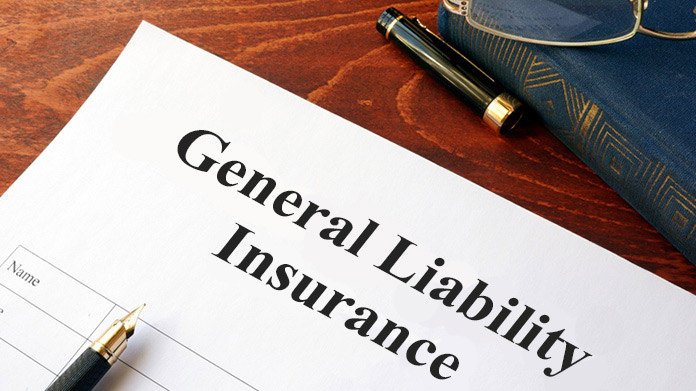When you start a business, you prepare yourself for any future liability and risks that are uncertain but bound to happen during the course of your business. It’s rightly said that one must hope for profits while preparing for the losses.
When it comes to shipping, the chances of the risk becomes potentially higher. Freight damage is a reality in shipping, and the concern is not the probability of it but when!
So when you have incurred a loss, the probable reason you are looking for a solution is to be compensated for bringing things back onto track. Before you move ahead to file your claim, you must know the difference between carrier liability insurance and freight insurance.
Table of Contents
Carrier’s Liability:
The freight shipment is covered by the carrier liability insurance and decided by the CarrierCarrier. The amount is determined by the commodity type or freight class of the goods being shipped. Liability policies can vary, so it’s very important to know the Carrier’s liability for freight loss and how much is covered before you arrange your freight shipment.
To receive the compensation, it’s important that a shipper files a claim that proves that it’s a carrier who is at fault for the loss of damaged goods. Weather-related causes, bad packaging or improper loading by the shipper are exceptions to the Carrier’sCarrier’s liability.
The CarrierCarrier tries to mitigate his liability as much as possible. However, under the Carriers legal liability Act, if the CarrierCarrier actually accepts the claim evidence provided by the shipping customer, they will pay for repair or manufacturing cost, whatever the CarrierCarrier feels more obliged to.
Freight insurance:
Freight insurance does not require that you prove that the CarrierCarrier is at fault for damage or loss. You only need to prove that the damage occurred. Freight insurance protects your customers and your business from any loss in transit. The freight insurance plans are provided by third-party insurers and are based on the shipped goods’ declared value.
Freight insurance is extremely helpful in the event of damage or loss. This insurance covers the maximum part of the claim that compensates the loss.
The difference in the claims of the two insurance:
Under Carrier Liability Coverage:
- Your claim must be filed within nine months of delivery.
- The delivery receipt must include notice of damage.
- There should be Proof of the value of the loss.
- It takes 30 days to acknowledge your claim that must be responded to within 120 days.
- It must be proven that the Carrier is at fault.
Under Freight Insurance:
- Proof of value and ProofProof of loss is required
- Claims are typically paid within 30 days
- You are not required to prove carrier negligence
If you are a carrier, you know there is a heavy-duty liability for the motor vehicle industry. Transport operators are subject to public liability and face many perils to cargo they transport and damage vehicles they operate.If the claims are approved, then it could mean a loss of thousands of dollars. Therefore, any carrier transporting goods by air, ship, rail, or road transport needs protection against such claims through insurance for carriers.
Even single fleet owners are also regulated by law and are subject to penalties for damage against public property or public health and welfare. The insurance products are designed for carriers to ensure that their operations are not impeded by the risks and perils they face in their business.


Comments are closed.